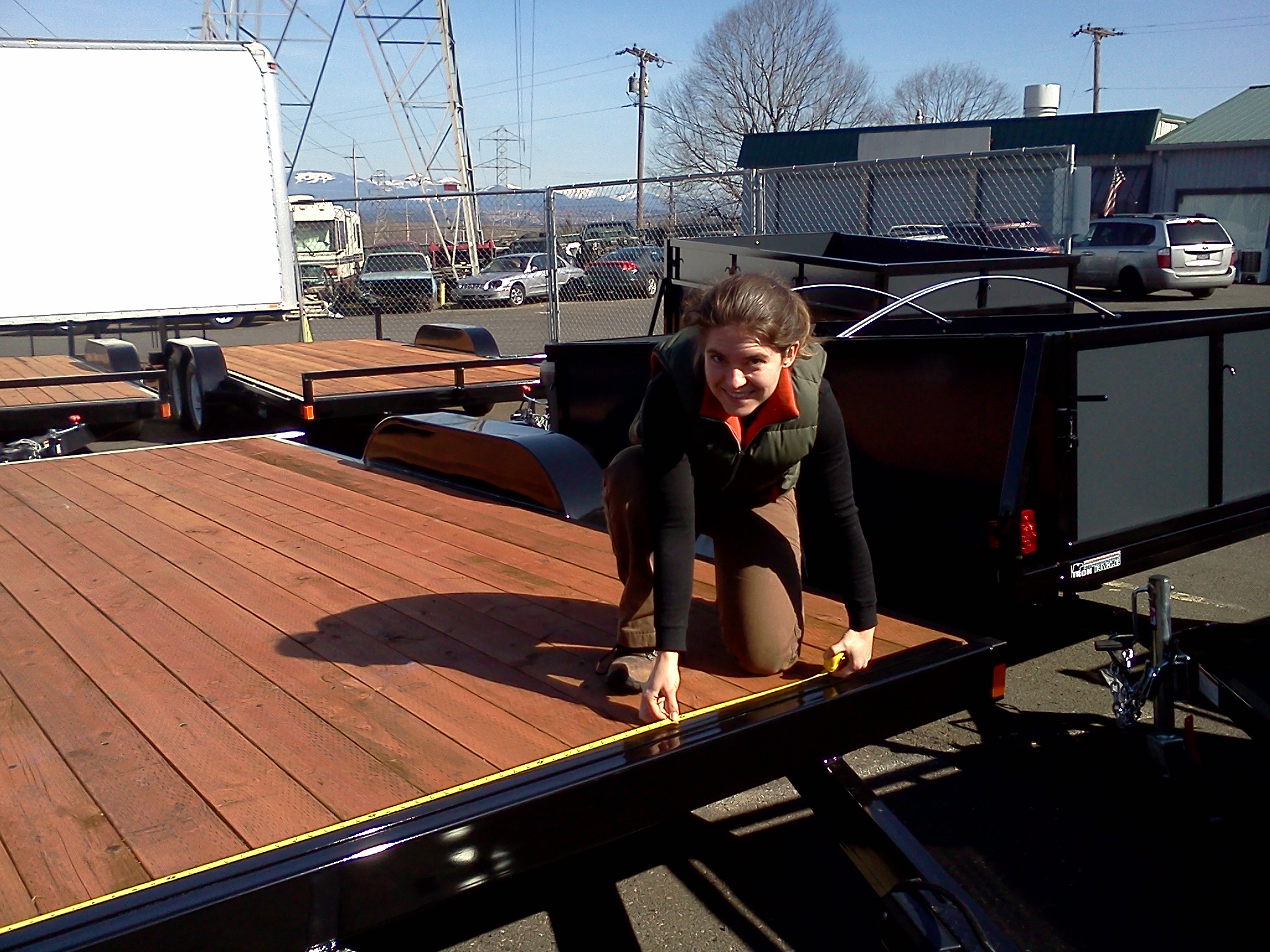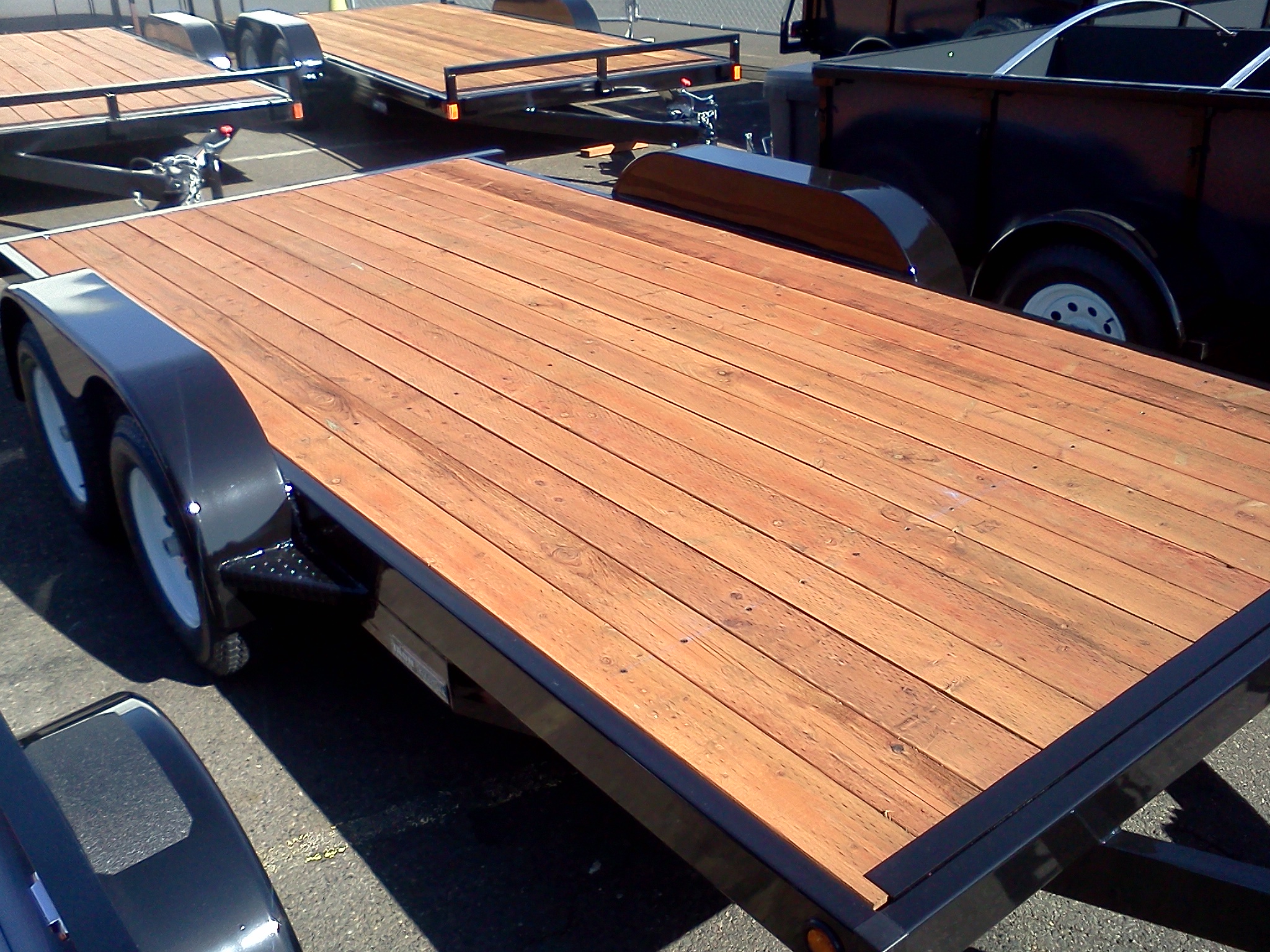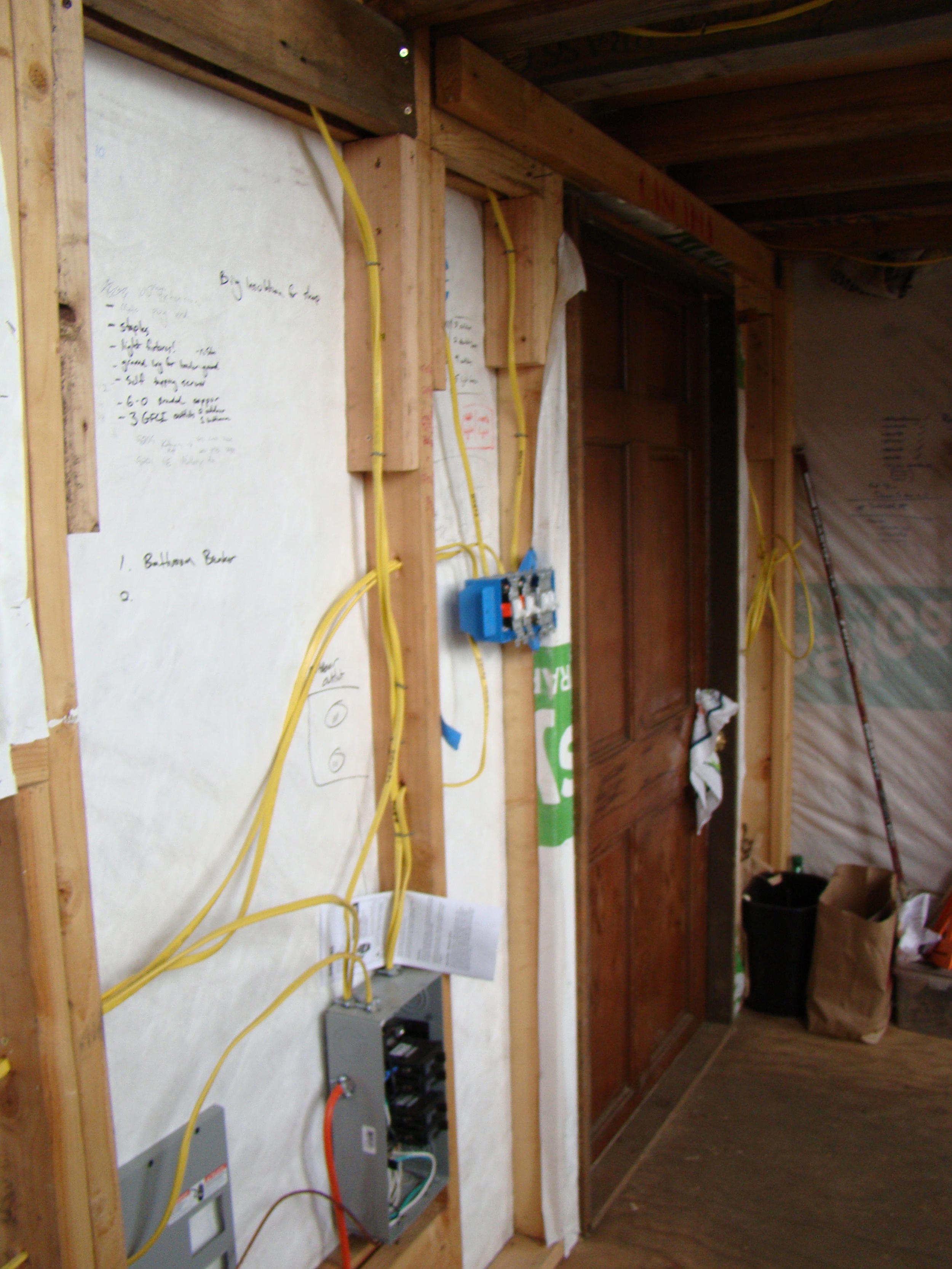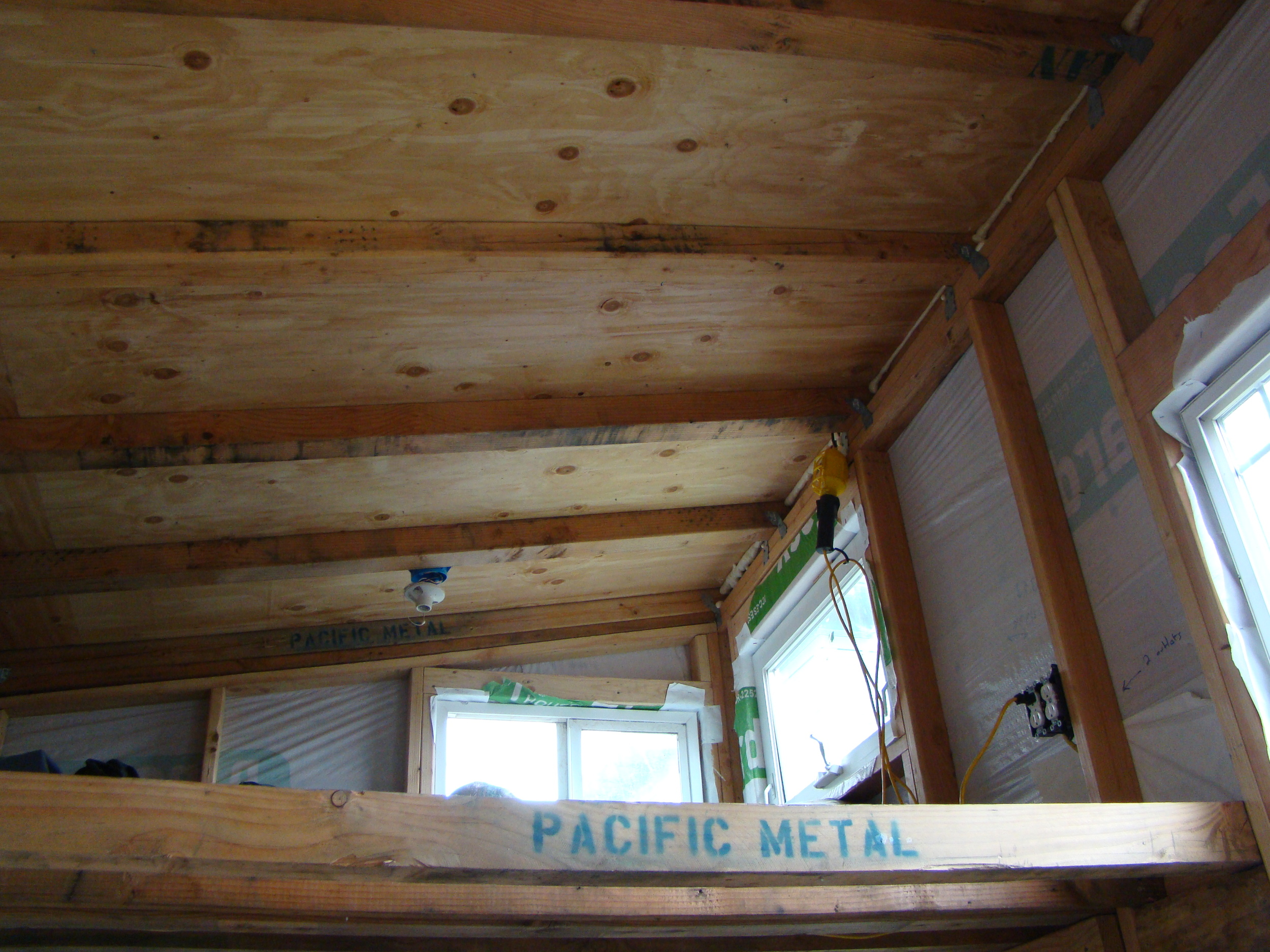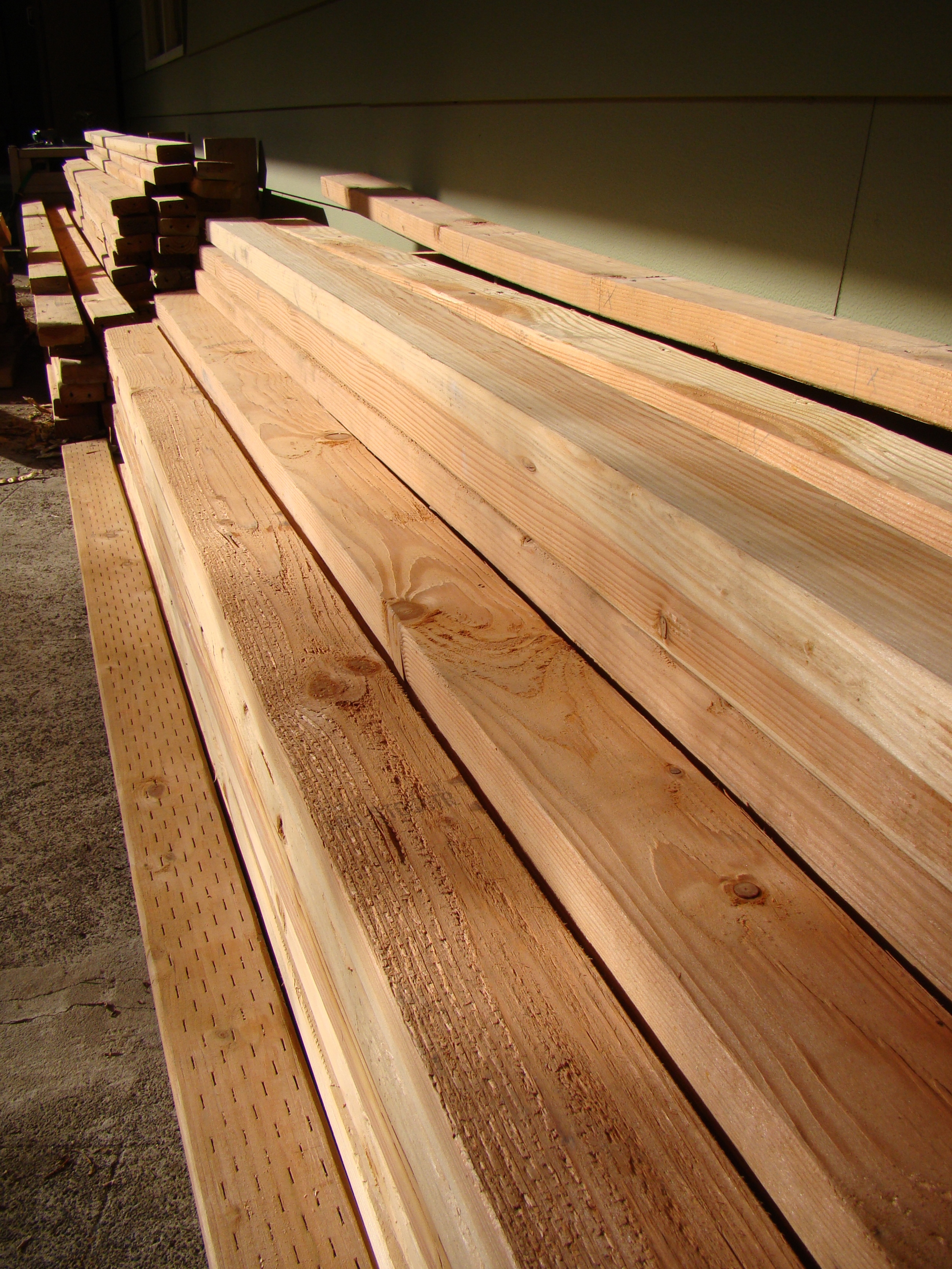 Two months ago I met a man named Walt who is as excited about small simple spaces as I am. I interviewed Walt so that I could write a blog post on the Accessory Dwellings website about the ADU he built for his sister-in-law. It was a fun conversation about the challenges and benefits of scaling down our housing. You can read the post here.
Two months ago I met a man named Walt who is as excited about small simple spaces as I am. I interviewed Walt so that I could write a blog post on the Accessory Dwellings website about the ADU he built for his sister-in-law. It was a fun conversation about the challenges and benefits of scaling down our housing. You can read the post here.
During that first conversation, Walt told me that he's also been building garden cottages which are small spaces on wheels. So I was amused when I invited Walt to come check out my tiny house and he told me he'd never been in a tiny house before. To the best of his knowledge, the garden cottages he's built have been used as studios in people's backyards (massage therapists, counselors, artists, etc.), so no one has actually tried living in one of them.
So last Wednesday Walt came over for a mug of tea and a tiny house tour and he shared with me an idea he has been working on for a very small house called The Cube. It's a three-level house with a living room on the lower level, a sleeping loft above, and a mezzanine level with a kitchen and a bathroom. Its 12x12x12 and it's a fixed structure, so it's not mobile. It utilizes a flagpole design which includes 4 6x6 pressure treated posts in a 12’ square that are imbedded in concrete 3 feet below grade. It takes advantage of the level changes to provide cozy spaces for sitting and sleeping and a taller space for standing activities like chopping veggies.
Walt's eager to try out the design in real life, so here's his proposal:
Walt would like to provide the plans and labor (or supervision of whatever labor is available if someone is interested in DIY). In return he's looking for someone who would provide the property to site it and the cost of materials. He has a material list and has priced out new materials at approximately $6,000. (This does not include interior finishes but it does include insulation. As he noted, if someone shopped at the Rebuilding Center and Craigslist she could probably cut the cost of materials in half.) After it’s completed Walt would like to be able to take pictures for his portfolio and spend a week or so living inside as the first guest to get a feel for how it works and what changes would make it better.
Unfortunately I don't have a place in Portland to build a tiny house, so Walt asked me to put the word out to see if any of you are interested in a backyard guest house. If so, you can contact Walt directly or get in touch with me. If you are interested but don't live here, you can also buy the plans from his website.
Walt's company Small Home Oregon is focused on building simple and inexpensive accessory dwelling units and studio spaces on wheels. Check it out: http://smallhomeoregon.net.






